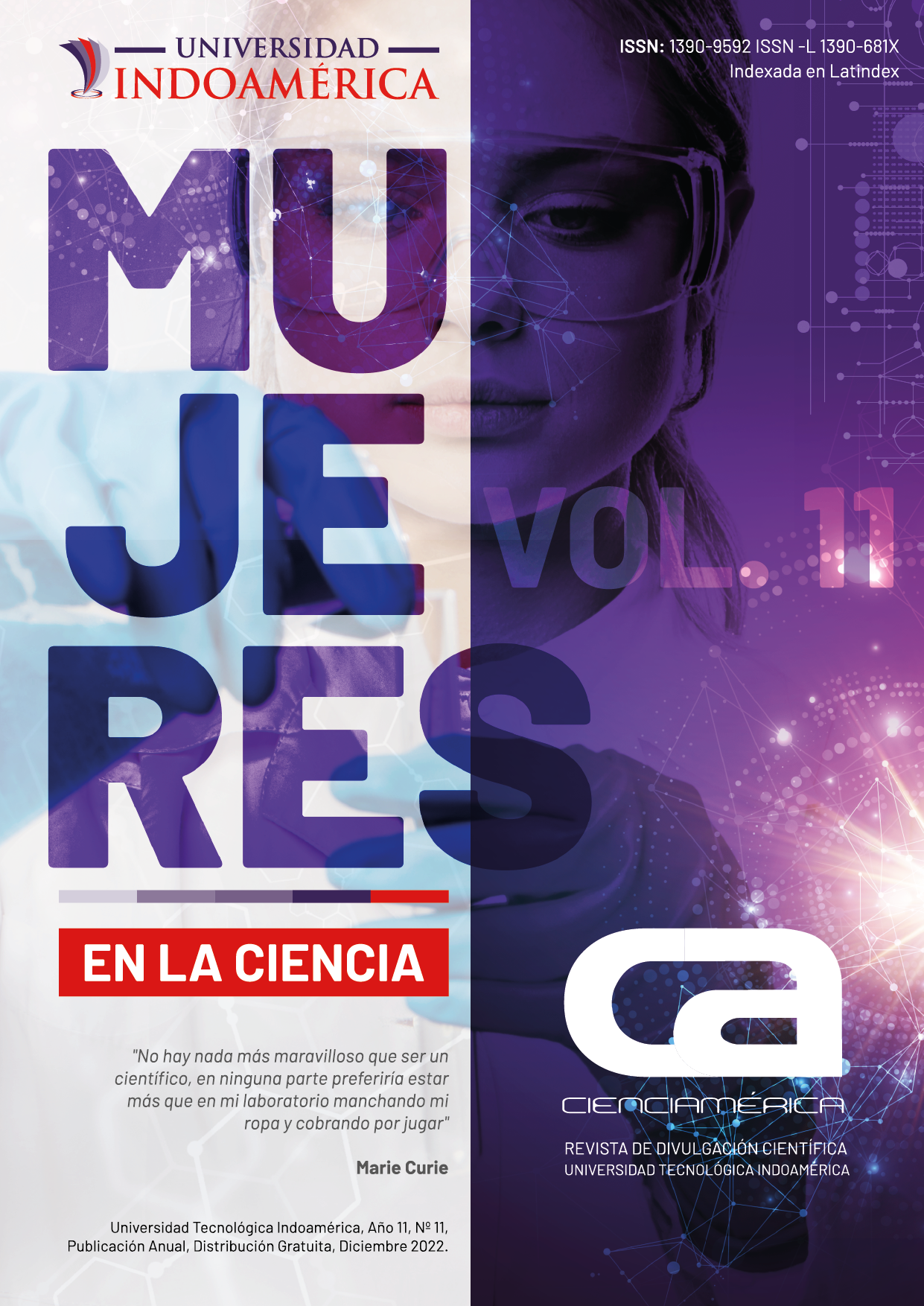Characterization of montane forest fragments in an urban transition scenario
##plugins.themes.bootstrap3.article.main##
Abstract
INTRODUCTION. The advance of the agricultural frontier together with urban expansion contribute to the change in Land Use and constitute a threat to montane forests classified as fragile ecosystems at the tropical level. OBJECTIVE. The present investigation characterizes a fragment of high montane forest, located in the peri-urban spaces of the city of Quito. METHOD. For this, a georeferenced plant inventory was developed that considered some structural parameters, as well as the determination of the diversity of species of the plot. RESULTS. 18 tree and shrub species were found, between endemic and typical of the Andes, being the most abundant Brachyotum ledifolium with 45 individuals and the scarcest Pentacalia sp.1, Miconia papillosa and Myrcianthes rhopaloides with 1 individual. Gynoxys campii, also abundant in the plot, was listed by the UICN as "Endangered with Extinction" due to the destruction of its habitat. DISCUSSION AND CONCLUSIONS. The forest fragment is in a good state of conservation, however, it is threatened by urban expansion, the evaluation of the management plans of the protected area to which this forest fragment belongs is recommended.
##plugins.themes.bootstrap3.article.details##

This work is licensed under a Creative Commons Attribution 4.0 International License.
The articles are licensed under a Creative Commons CC BY 4.0 open access licence, which means that anyone can download and read the article free of charge. In addition, the article may be reused and cited as long as the original published version is cited. These conditions allow for maximum use and exposure of the work, while ensuring that the authors receive proper credit.
- Esta obra está bajo una
Licencia Creative Commons Atribución 4.0 Internacional
- .


